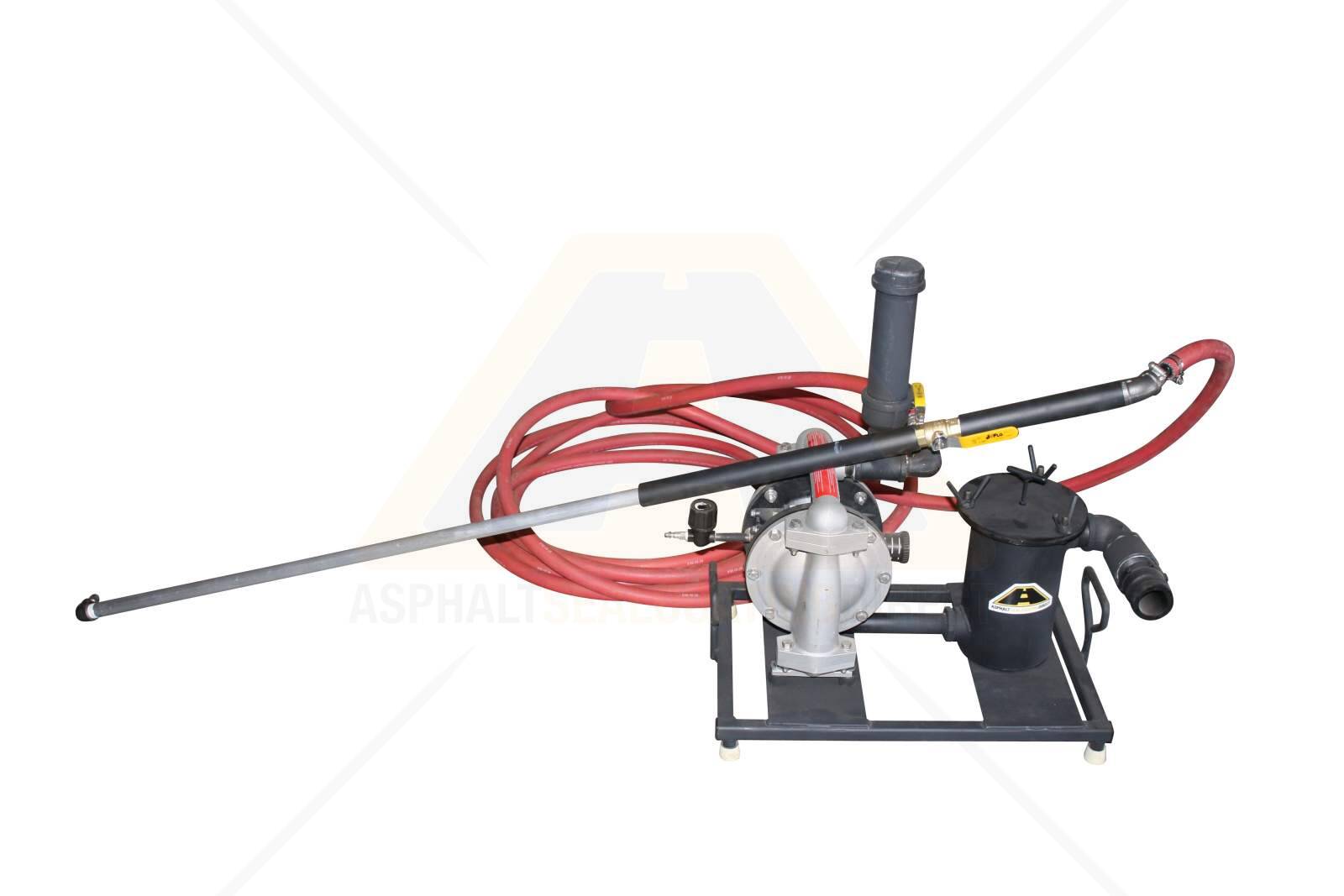Maximize Safety And Security with Angle Parking Lot: Superior Asphalt Sealing
Maximize Safety And Security with Angle Parking Lot: Superior Asphalt Sealing
Blog Article
Cold Mix Asphalt Vs. Hot Mix Asphalt: Which Is Right for You?

Structure Distinctions
Cold mix asphalt is generated by emulsifying the asphalt binder with water and an emulsifying representative prior to mixing it with aggregate. The hot mix asphalt production process includes heating up the aggregate and asphalt binder separately before combining them at the asphalt plant.
Additionally, chilly mix asphalt has a tendency to be much less thick and a lot more adaptable than hot mix asphalt. This flexibility makes it much better suited for locations with higher levels of movement, such as driveways or roads with hefty website traffic. In comparison, warm mix asphalt is recognized for its high toughness and resistance to rutting and cracking, making it a recommended selection for freeways and high-traffic roads where durability is critical.
Installment Refine Variations
The process of mounting cool mix and hot mix asphalt displays notable variances in their treatments and requirements. In contrast, warm mix asphalt necessitates a much more intricate installation procedure. Due to the home heating requirements, hot mix asphalt setups are typically carried out by experts with customized tools, making certain an extra structurally audio and irreversible result.
Longevity and Durability Aspects
When taking into consideration asphalt choices, longevity and longevity are essential elements to review for long lasting pavement performance. Warm mix asphalt (HMA) is known for its remarkable resilience and durability. The high temperatures during the laying and mixing process permit for far better compaction, leading to a denser and stronger sidewalk framework. This causes HMA being a lot more resistant to heavy website traffic loads, harsh climate condition, and the impacts of maturing contrasted to chilly mix asphalt (CMA)
In regards to durability, HMA usually surpasses CMA as a result of its superior toughness and resistance residential properties. HMA pavements have a longer life span, calling for less regular fixings and maintenance, which can translate to set you back financial savings over time. In addition, HMA pavements are much more easily personalized to meet specific project requirements, better boosting their sturdiness.
Price Factors To Consider
Thinking about useful content the economic implications is a vital aspect when reviewing the selection in between hot mix asphalt (HMA) and cool mix asphalt (CMA) for sidewalk tasks. While the first price of hot mix asphalt is typically higher than that of cold mix asphalt, HMA typically provides an extra economical solution in the long run due to its remarkable resilience and durability.
Along with product expenses, it's important to think learn the facts here now about the expenses connected with setup and upkeep when contrasting HMA and CMA. HMA typically needs customized devices and competent labor for proper installation, which can influence overall task prices. On the other hand, CMA is simpler to deal with and can frequently be applied using less complex techniques, potentially reducing installation expenses. Ultimately, the decision between HMA and CMA ought to take into consideration not simply the preliminary price but also the lasting monetary effects to figure out the most economical option for the specific sidewalk task.
Environmental Influence Comparison
Comparison of the environmental effects in between warm mix asphalt (HMA) and chilly mix asphalt (CMA) discloses distinctive distinctions in sustainability techniques. HMA manufacturing calls for high temperatures, leading to increased energy consumption and greenhouse gas exhausts.
Furthermore, the usage of CMA commonly entails reusing existing asphalt sidewalk, promoting resource conservation and decreasing the amount of waste sent to land fills. This reusing element even more enhances the sustainability of CMA compared to HMA. In general, when taking into consideration the ecological influence, CMA becomes a more environmentally lasting selection because of its lower energy requirements, reduced exhausts, and the capacity for recycling existing products. By deciding for CMA over HMA, roadway building projects can add favorably to ecological conservation initiatives.
Conclusion
Finally, the selection between cool mix asphalt (CMA) and hot mix asphalt (HMA) depends upon different variables such More hints as composition, setup procedure, durability, long life, cost, and environmental influence. cold mix asphalt. While CMA uses a quick and economical option for small repair work, HMA makes certain premium resilience and durability for hefty web traffic locations. Take into consideration these factors very carefully to determine which sort of asphalt is the appropriate selection for your paving needs

Thinking about the monetary effects is a vital aspect when examining the selection in between warm mix asphalt (HMA) and cold mix asphalt (CMA) for pavement tasks. While the initial price of warm mix asphalt is typically higher than that of chilly mix asphalt, HMA often offers an extra affordable solution in the long run due to its exceptional resilience and durability. asphalt repair.Contrast of the environmental influences between hot mix asphalt (HMA) and chilly mix asphalt (CMA) exposes unique differences in sustainability techniques.In conclusion, the choice in between cool mix asphalt (CMA) and warm mix asphalt (HMA) depends on various variables such as structure, setup procedure, durability, longevity, cost, and environmental effect
Report this page